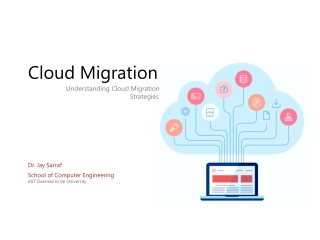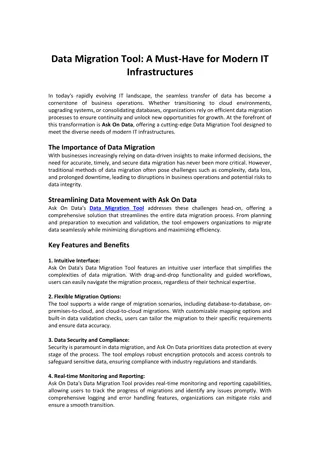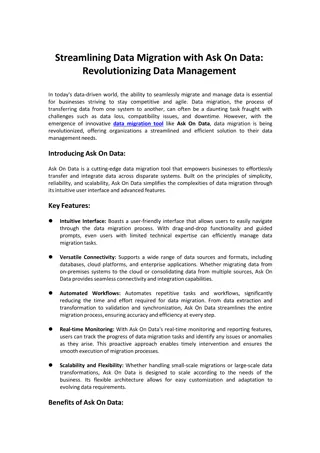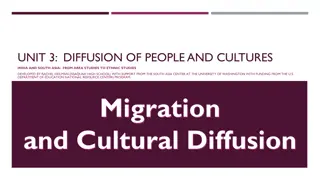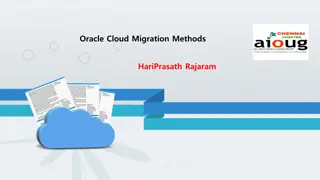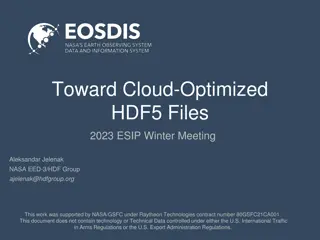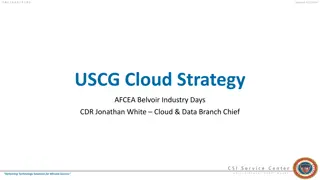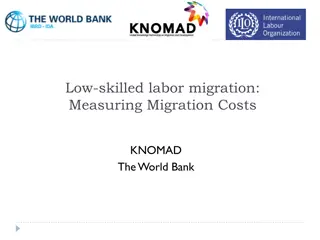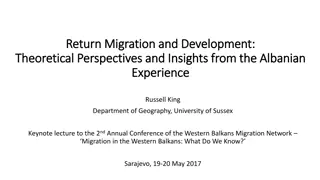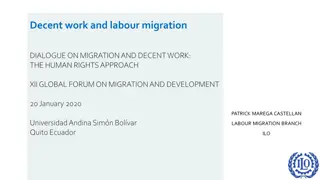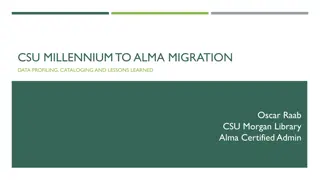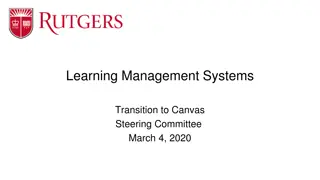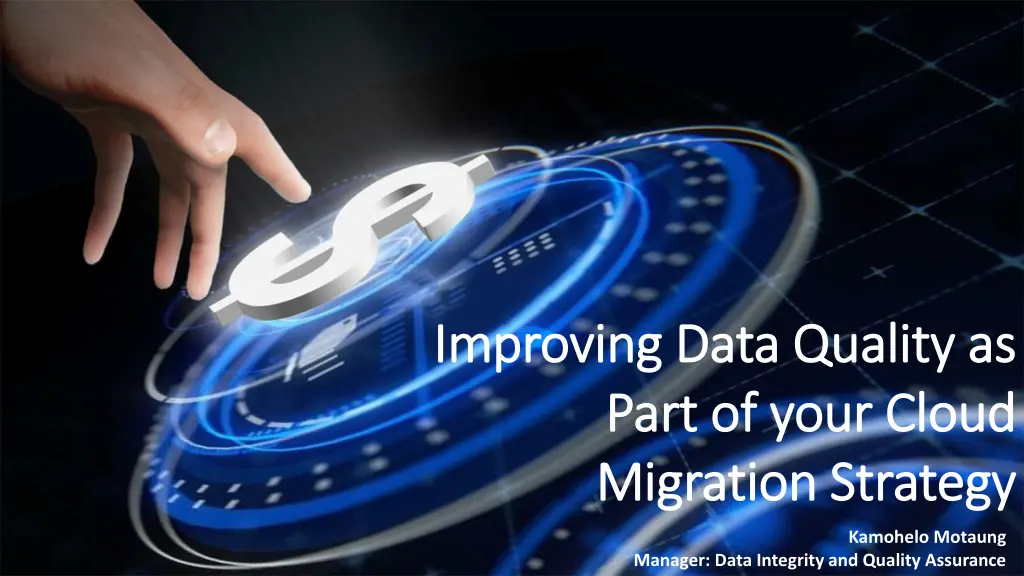
Enhancing Data Quality in Cloud Migration Strategies
Explore the significance of data integrity and quality assurance in cloud migration strategies, including challenges, phases, benefits, and best practices for successful data migration to the cloud.
Download Presentation

Please find below an Image/Link to download the presentation.
The content on the website is provided AS IS for your information and personal use only. It may not be sold, licensed, or shared on other websites without obtaining consent from the author. If you encounter any issues during the download, it is possible that the publisher has removed the file from their server.
You are allowed to download the files provided on this website for personal or commercial use, subject to the condition that they are used lawfully. All files are the property of their respective owners.
The content on the website is provided AS IS for your information and personal use only. It may not be sold, licensed, or shared on other websites without obtaining consent from the author.
E N D
Presentation Transcript
Improving Data Quality as Improving Data Quality as Part of your Cloud Part of your Cloud Migration Strategy Migration Strategy Kamohelo Motaung Manager: Data Integrity and Quality Assurance
Cloud Migration Strategy Six (6) R s of cloud migration: Resilient Reusable Reduced Reliable Rapid Revenue
Steps for cloud migration Cloud Migration Moving to the cloud isn t easy. It takes a lot of planning, research, and effort to migrate your business to the cloud. That s why it s important to follow a structured approach to your cloud migration. There are three main phases to your cloud migration strategy. 1 2 3 Selection Phase Deployment phase Management Phase
The Cloud Migration Strategy Processes Costs Business needs Technology
Data quality challenges in cloud data migrations Understanding data 01 You can leverage cloud platforms to unify data access across diverse sources and systems Migrating from old data models Some legacy systems need detailed planning to prevent loss of quality while moving to a newer data model 02 Managing duplicate records Data duplication is a common challenge in migration, making it hard to assess which data to retain and its impact. 03 Resolving data ownership 04 While migration sounds like a technical process, people involvement has a large share in migration challenges. Prioritizing quality issues When you are tackling multiple data issues, the smart way to manage them is by focusing on those with high business impact. 05
Phases of a cloud migration Assess end-to-end data quality validation Profile application usage Understand data sources Using automated, adaptive rules, you can quickly perform end-to-end data quality validation after the migration. Plan Optimise Align to business strategy Evaluate technologies Establish roles and responsibilities Develop timelines Take full advantage of all the cloud has to offer Move Applications Move Data Rehost Replatform Refactor Retire Repurchase Retain Physically transfer data
Benefits of migrating your business data to cloud Security 01 If your business is operating in a local network, then it difficult to make your data secure, but when you are in the cloud environment then it becomes secure and also it is accessible through any device. Data Accessibility 02 When you operate in the cloud, then you can access your data anytime. Storage 03 When you have a local network, then you have access to limited amount of storage space, but in the cloud environment you have much more storage capacity and that is why it is a great choice for storing your data. Costs 04 Cloud is one of the best ways to save money as it provides you a facility to save money and time. You don t need to manage your data as it is done by the service provider and also you don t need to invest money in a local server.. Scalability 05 You can easily scale your databases and other software to meet the growing demands of your business. Performance 06 When you migrate your databases to the cloud, you get instant access to high performance and scalability.
THANK YOU Kamohelo Motaung

